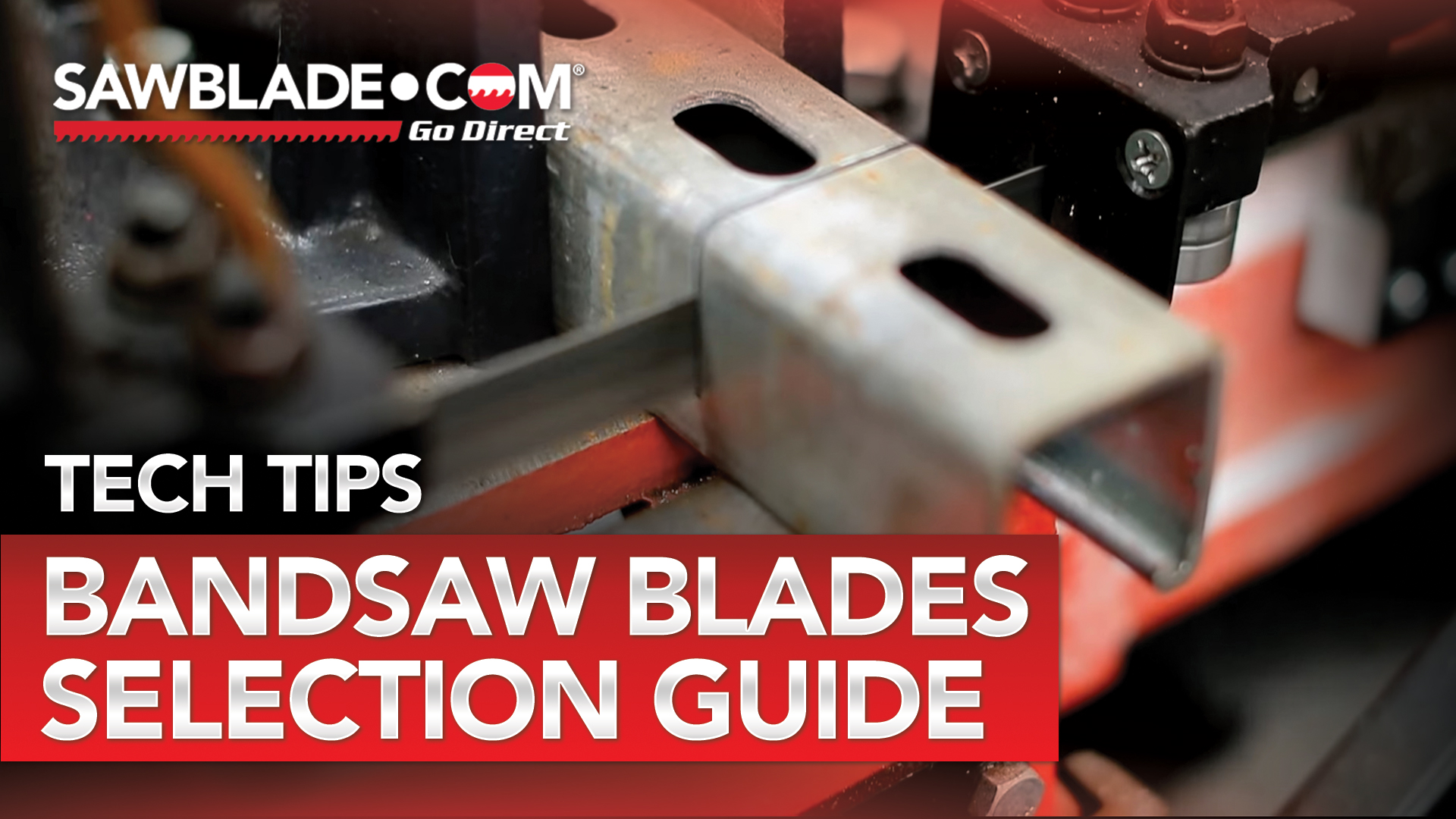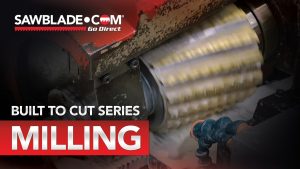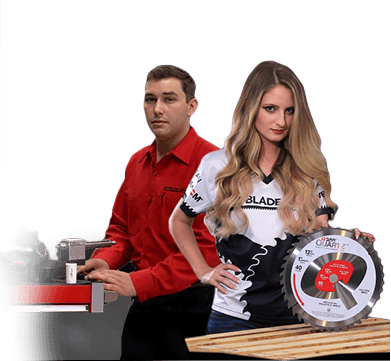If you’re in the business of cutting, whether it’s metal, wood, or any other materials, you know that the quality of your work largely depends on the tools you use. Perhaps the most critical tool in this regard is the bandsaw blade. As David Hall explains in his insightful video, choosing the right bandsaw blade requires a deep understanding of different blade characteristics and their implications for your work. A suitable blade is crucial for achieving optimal cuts, especially when dealing with various materials and thicknesses.
This blog post aims to break down Hall’s video, highlighting the essential factors to consider when selecting a bandsaw blade. Also, it provides a detailed explanation of the various options available at Sawblade.com, a reputable destination for quality bandsaw blades. For a comprehensive understanding of the blade’s anatomy, you might want to visit this detailed article on how band saw blades are welded.
How Many Teeth Should a Bandsaw Blade Have?
One of the first things Hall mentions in his video is the importance of tooth count. Depending on the material and the type of cut you’re making, you’ll want to have anywhere from 3 to 24 teeth engaged in the material at all times during cutting.
This vital principle is a cornerstone in the world of cutting, and mastering it ensures you’ll achieve clean, accurate cuts every time. Misjudging the tooth count can lead to a less than satisfactory finish and even damage to the blade itself. Understanding how to measure the length of a bandsaw blade can also contribute significantly to the blade’s effective use.
Selecting Bandsaw Blades Based on Material Thickness and Blade Diameter
Material thickness and blade diameter play critical roles in the selection of bandsaw blades. Different thicknesses and blade diameters necessitate specific bandsaw blades. This necessity arises due to the variance in force distribution, speed, and durability that different blade configurations can provide.
When dealing with standard box tubing or normal cutting, Hall recommends the IC bandsaw blade. However, the proper blade choice will depend heavily on your specific task. Having a well-rounded knowledge about the different blade types and when to use them can significantly improve your bandsaw performance. Recognizing the signs of a dull bandsaw blade can also lead to a safer and more efficient cutting process.
Bandsaw Blade Speed and Feed Calculator: A Game Changer
Sawblade.com offers a handy tool: the Speed and Feed Calculator. This calculator is an excellent aid to determine what type of blade you’ll need based on your material. It calculates the correct blade speed and blade tooth pitch, which is vital for effective cutting.
Understanding the relationship between speed and feed rates is essential to the proper function of a bandsaw. A saw blade’s speed is defined as the distance in feet that the blade travels per minute: a measurement of SFPM or Surface Feet Per Minute. To achieve proper blade speed, the SFPM must be optimal for the application.
A correct estimation of cutting times and blade speed is vital to ensure the bandsaw performs as expected. Regular checks of the tachometer can help assure that the proper RPMs are maintained, and that the drive belts are not slipping under the load being machined.
Positioning Your Material Correctly
Before you start cutting, it’s essential to position your material correctly. Incorrect positioning can lead to inaccurate cuts and potentially hazardous conditions. For a thorough guide on how to correctly position your material, check out this article on positioning material.
Perfecting Your Cutting with the Right Bandsaw Blade Selection
David Hall’s video provides a wealth of knowledge for anyone looking to optimize their bandsaw blade selection process. The right blade is vital for successful cutting, and understanding the various elements that contribute to this choice is key. From blade tooth count to speed and feed rates, these are all factors that can make or break your cutting project.
Remember, Sawblade.com is your one-stop-shop for all your bandsaw blade needs. It offers a wide variety of blades, as well as valuable resources to guide you in your selection process. Remember our motto: “No Markup, No Middleman, No Problem. Go Direct.” Choose wisely, cut efficiently, and always ensure your bandsaw blade is sharp and ready to perform at its best.






